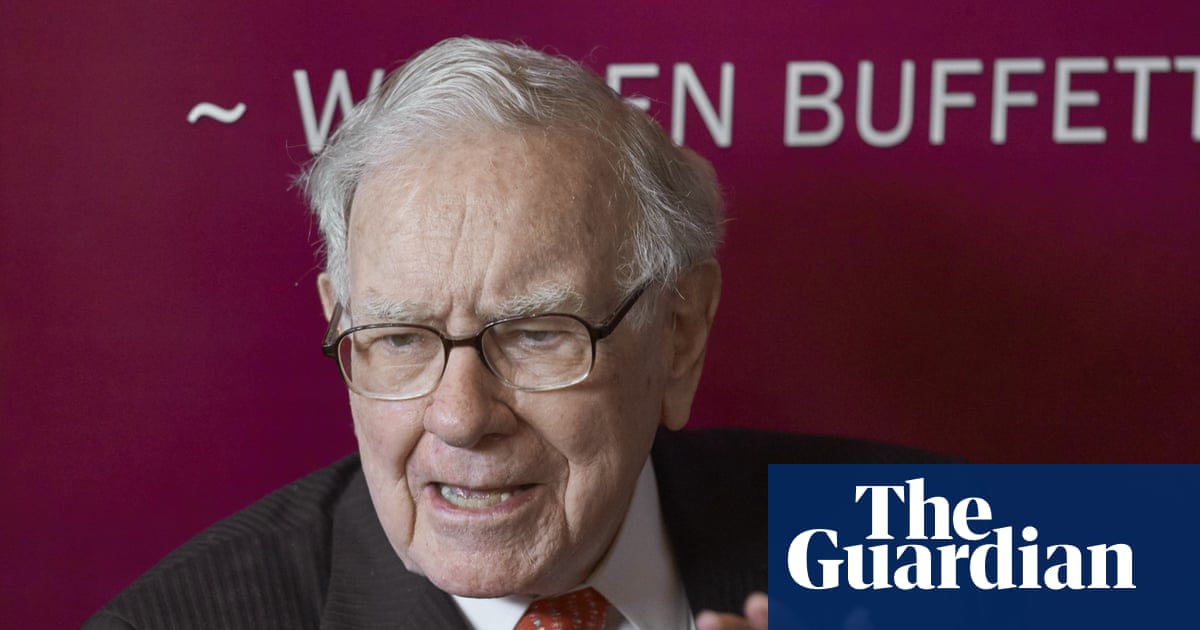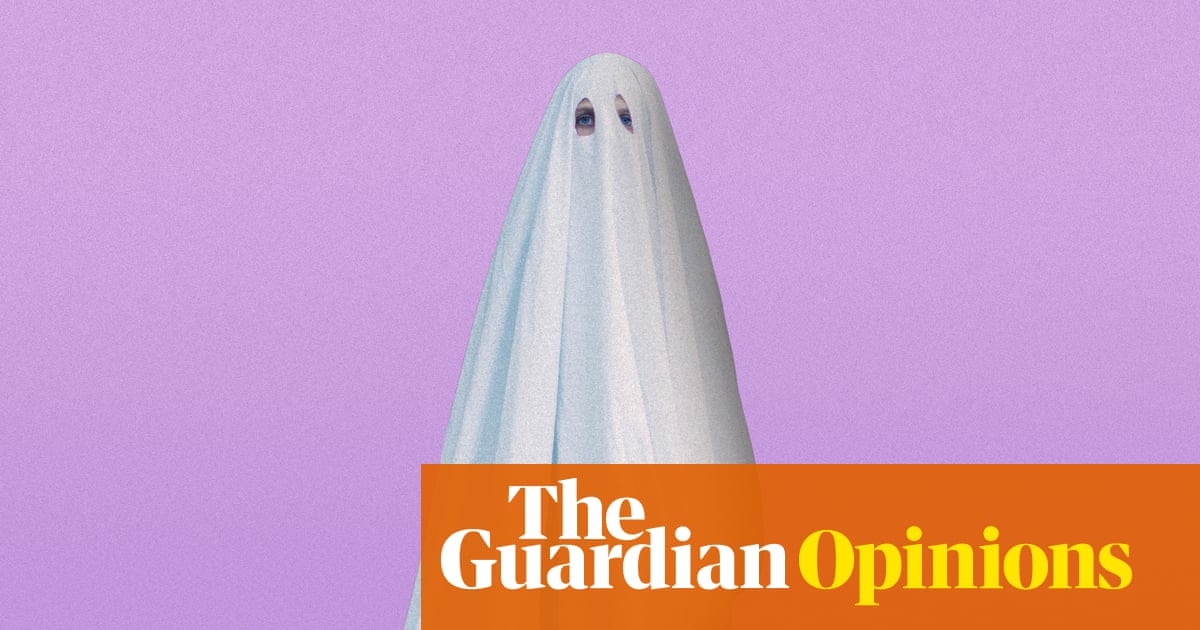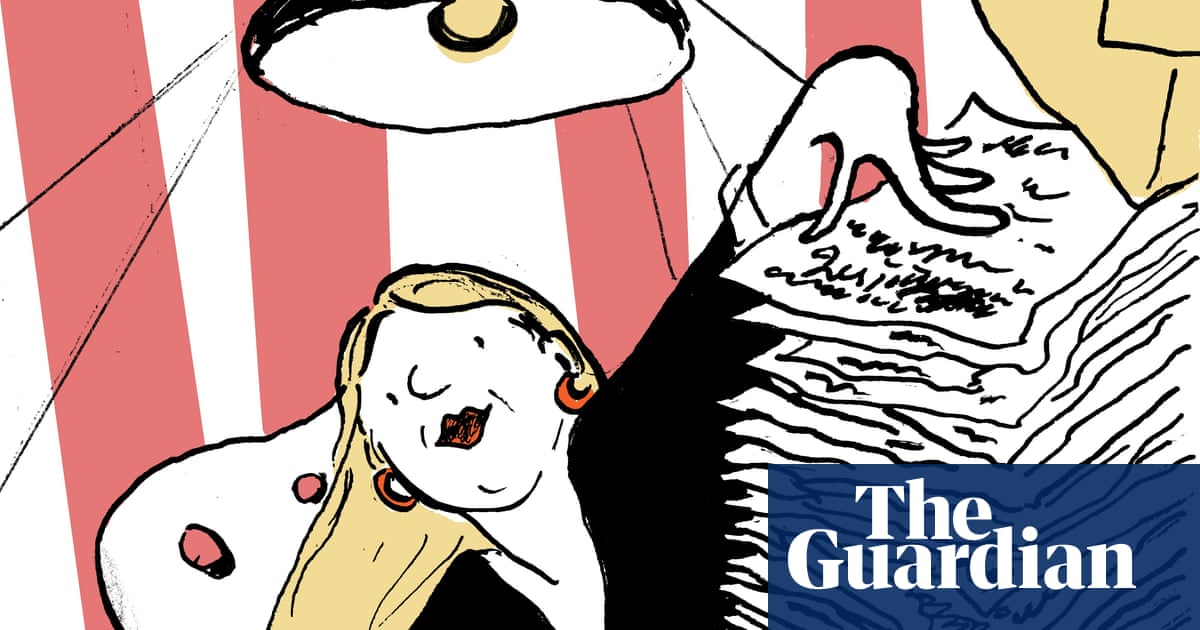When two brothers called Johannes and Johann Adam Birkenstock began making shoes in a tiny hamlet near Frankfurt in the 1770s, they could never have imagined what they were starting.
History doesn’t record much about the first shoemaking Birkenstocks, who can be traced to a document written in 1774, the year after the Boston Tea Party. But 251 years, eight unbroken generations and many Johanns, Johanneses, Carls and Karls later, the company that emerged from that first family business has become one of the most rampagingly successful footwear brands on the planet.
Birkenstock now sells tens of millions of pairs of shoes every year (they won’t say how many), giving the company a valuation of $7.5bn (£5.6bn) when it floated on the New York Stock Exchange in 2023. It has been a fashion and high street success story for decades, yet still seems to boast gravity-defying growth year after year; this week it announced projected growth of 17.5% on last year.
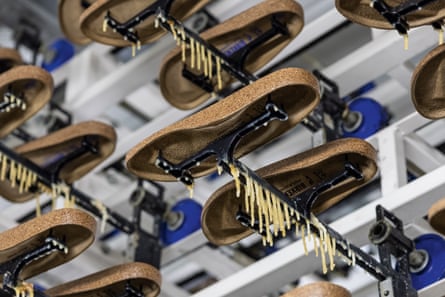
Steve Jobs wore them in the 1970s, as did Kate Moss in her breakthrough 1990 shoot for the Face. They rose in the boho chic years, soared during Covid and were even given an extra bounce by the Barbie movie. The current big seller, the Boston clog, was hailed by British Vogue in April as the “shoe that has the fashion crowd in a chokehold” – yet in 2026 the Boston will mark 50 years, entirely unchanged, since it was first introduced.
How did a brand described even by some of its fans as the world’s ugliest shoe become one of the world’s most popular? Not by leaning into trends. “Fashion has never been our thing – neither then nor now,” the company’s CEO, Oliver Reichert, said recently, a bold choice of words from a man leading a global style brand. Instead, in perhaps the least sexy phrase ever uttered in fashion marketing, he said Birkenstock was a “purpose brand that’s rooted in orthopaedics”, which since its foundation had had an “unquenchable interest in foot health”.
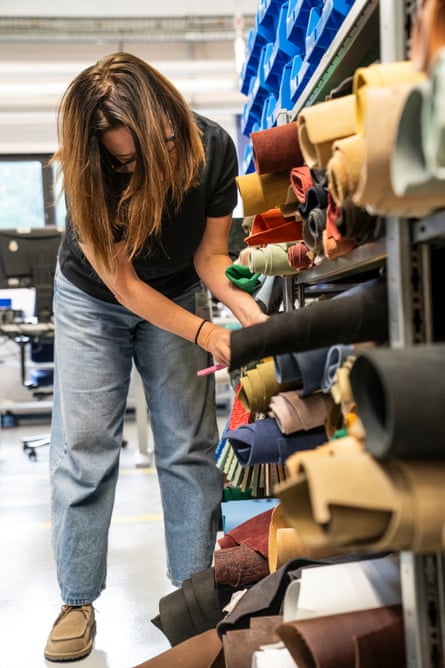
This anti-fashion approach has long been part of the company’s shtick. It was Konrad Birkenstock, great-grandson of Johann Adam, who first introduced an orthopaedic shoe in 1897, making waves by his bold suggestion that right and left feet should be shaped differently.
Carl, his son, insisted that shoe retailers complete a training course before they were even allowed to stock the product; when Carl’s son Karl (told you …) launched the Original Birkenstock Footbed Sandal at Düsseldorf shoe fair in 1963, he got a wave of ridicule and not a single order. Renamed Madrid, that same single strap model remains one of the company’s core products.
“We always start from the consumer and the benefit our products bring to their lives,” Nico Bouyakhf, the company’s president and managing director for Europe, the Middle East and Asia, said. “Our goal is to deliver the best possible experience with our unique footbed, rather than chasing short-term trends.”
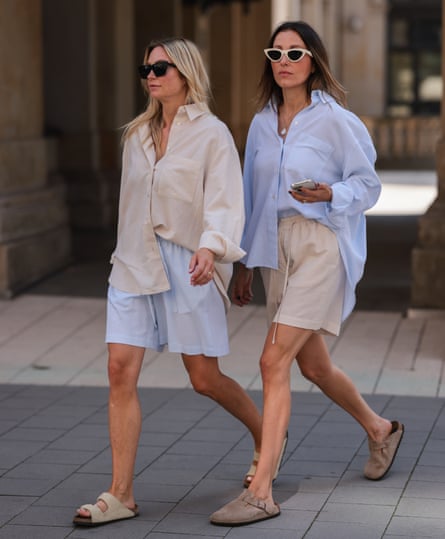
Ultimately, says J’Nae Phillips, a trend forecaster and creator of the Fashion Tingz newsletter, it was precisely this fixation on function that has made Birkenstock a “kind of fashion paradox: a shoe so unconcerned with style that it has become a style statement. Their ‘anti-fashion’ aesthetic taps into a deeper cultural moment where authenticity and utility are often prized over overt trendiness. In a world that cycles rapidly through fast fashion, Birkenstocks offer a stable, grounded alternative.”
Dr Anastasia Kārkliņa Gabriel, a cultural critic and author of Cultural Intelligence for Marketers, points to the brand’s popularity in the 1970s US counterculture as a turning point. “Birkenstock was a rebellion against mainstream American footwear. Once it was adopted by the hippies, it took on a new layer of meanings associated with spiritual freedom and a more conscious way of living.
after newsletter promotion
“When a brand manages to capture our mental real estate and becomes a part of our cultural affinities, it quickly transcends the idea of ‘trends’ that come and go … In a way, the ‘ugliness’ actually becomes part of the brand’s appeal, a way to signal one’s authenticity and refusal to abide by conventional standards of style.”
On a rare tour this week of two of its factories in Germany, where all its shoes are assembled from mostly European components, the Guardian was invited to observe a manufacturing process that remains surprisingly hands-on.
The cork and PVA mix that will become each footbed (the cork granules are ground from the off-cuts of the Portuguese wine cork business) is tamped down by hand before being pressed to shape. Workers scan sheets of coloured leather by eye before carefully placing cutters where the hide has no defects. Even the glue that will fix the leather pieces to the sole is wiped on by hand using a tool that looks a bit like a shaving brush.

The shoes are trimmed, stamped, shaped, buckled and boxed by humans (the company boasts that 50 hands make each pair), which makes for shoes that are pleasingly artisanal – and expensive. Having set the model for the lazy summer sandal, the brand is dogged by fake and copycat products, and failed earlier this year in a legal attempt to copyright its products as works of art.
Don’t bet on that German court case holding Birkenstock back. The company now has a luxury line, called 1774, and a professional line aimed at workers, and continues with high-end designer collaborations and non-sandal launches, such as this month’s Utti Lace shoe. It is also expanding into China and India, has introduced a skincare line, and on Thursday revealed plans to buy another German factory to boost production. The future, be in no doubt, is comfy.

 3 months ago
52
3 months ago
52
